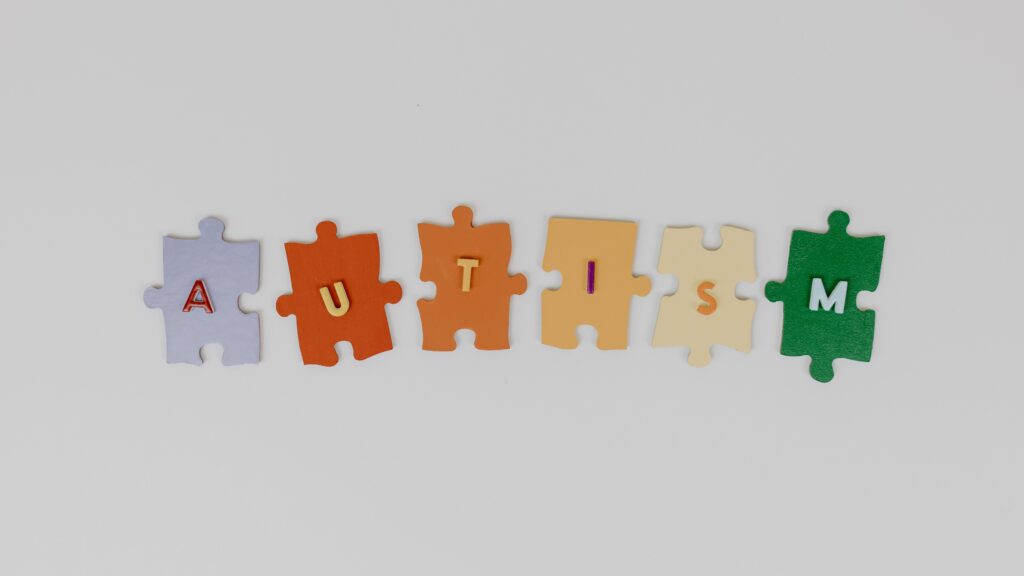So what is autism? This is one of the questions most parents have when they are alerted to the possibility that their child may be autistic.
Many of those reading our pages may be very knowledgeable on the subject already but we believe it still worthwhile to go into the details here. The answer, like the condition is quite complex.
The basics
Autism Spectrum Disorder (ASD) is a neurodevelopmental disorder that affects how a person interacts with others, communicates, and learns. It is a spectrum disorder, meaning that the symptoms and severity of the disorder can vary widely from person to person.
One of the main characteristics of autism is difficulty with social interaction.
People with autism may have difficulty understanding and interpreting social cues, such as facial expressions and tone of voice, and may struggle to initiate and maintain social relationships. They may also have difficulty understanding and expressing their own emotions, and may seem indifferent to the emotions of others.

Another key characteristic of autism is difficulty with communication. People with autism may have difficulty with verbal and nonverbal communication, such as making eye contact, using gestures, and understanding the meaning of words and phrases.
They may also have difficulty with expressive language, such as speaking or writing, and may have difficulty understanding abstract concepts.
Sensory factors and behaviours
Repetitive behaviours and interests are also common in people with autism.
These behaviours can include repetitive movements, such as rocking or flapping, or repetitive verbalisations, such as repeating words or phrases. People with autism may also have intense interests in specific topics, such as trains or numbers, and may become very knowledgeable about these topics.
People with autism also may have sensory processing difficulties. Some may be extremely sensitive to certain stimuli, such as loud noises or bright lights, while others may not respond to stimuli that typically would be considered painful or uncomfortable.
Symptoms of autism typically appear in early childhood, usually before the age of 3. The diagnosis of autism is based on the observation of a person’s behaviour, development, and communication, and is typically made by a team of professionals, such as a paediatrician, psychologist, or speech therapist.
There is no one specific test for autism and diagnosis is done through a comprehensive developmental evaluation.
Help and intervention
Autism is a lifelong disorder and there is no known cure, however, early intervention and support can greatly improve outcomes for individuals with autism. Treatment options may include applied behaviour analysis, speech therapy, occupational therapy, and social skills training.
Medications may also be used to address specific symptoms such as anxiety or hyperactivity.
It is important to note that autism is a complex disorder and the symptoms and severity can vary greatly from person to person. Each individual with autism is unique and therefore, their treatment plan should be tailored to their specific needs and abilities.
Conclusion
So in summary the answer to the question “what is autism?” is complex.
One thing we can be sure of however is that autism is very individual and with the right support and accommodations, many people with autism can lead successful and fulfilling lives.
Feel free to browse our archive for help raising an autistic child or alternatively you could visit the US Autism Association or the UK’s National Autistic Society websites.

